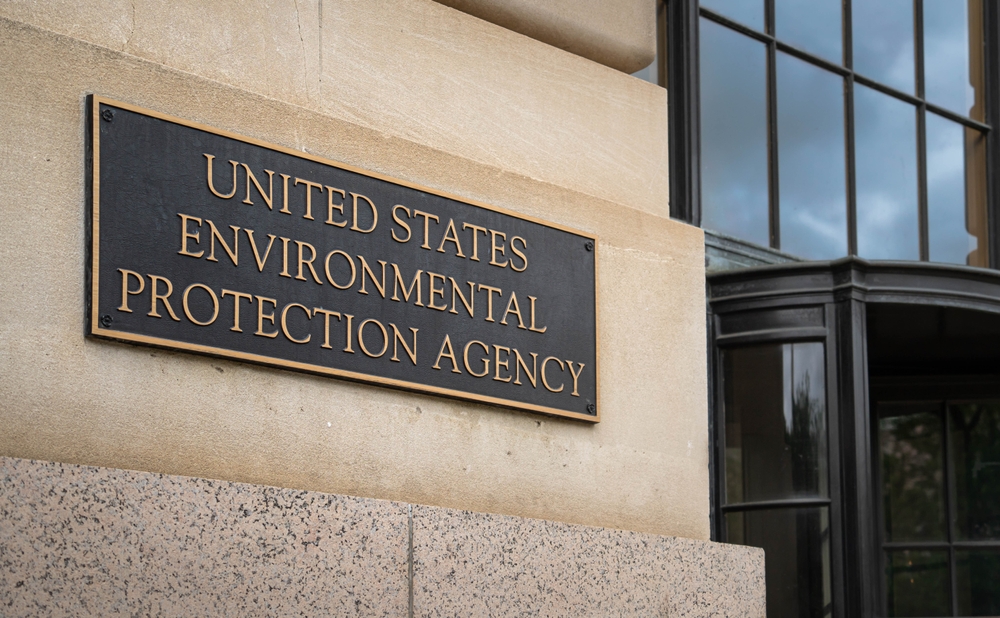When it comes to removing very dilute concentrations of pollutants from water, existing separation methods tend to be energy and chemical-intensive. Now, a new method developed at MIT could provide a selective alternative for removing even extremely low levels of unwanted compounds. The new approach is described in the journal Energy and Environmental Science, in a paper by MIT postdoc Xiao Su, Ralph Landau Professor of Chemical Engineering T. Alan Hatton, and five others at

MIT researchers develop new way to clear pollutants from water
More of Today's Solutions
Gamers revolutionize biomedical research via DNA analysis
In a remarkable study published in Nature Biotechnology, researchers discovered gaming's transformative potential in biomedical research. Borderlands Science, an interactive mini-game included in Borderlands ...
Read MoreThe ancient origins of your 600,000 year old cuppa joe
Did you realize that the beans that comprise your morning cup of coffee date back 600,000 years? Scientists have discovered the ancient origins of Coffea arabica, ...
Read MoreWorld record broken for coldest temperature ever recorded
With our current knowledge of how temperature works there is no upper limit, this means materials can keep getting hotter and hotter to no ...
Read MoreA youth-led environmental victory creates a paradigm shift in Montana’s...
A group of youth environmental activists scored a landmark legal victory in Montana, marking a critical step forward in the ongoing battle against climate ...
Read More










